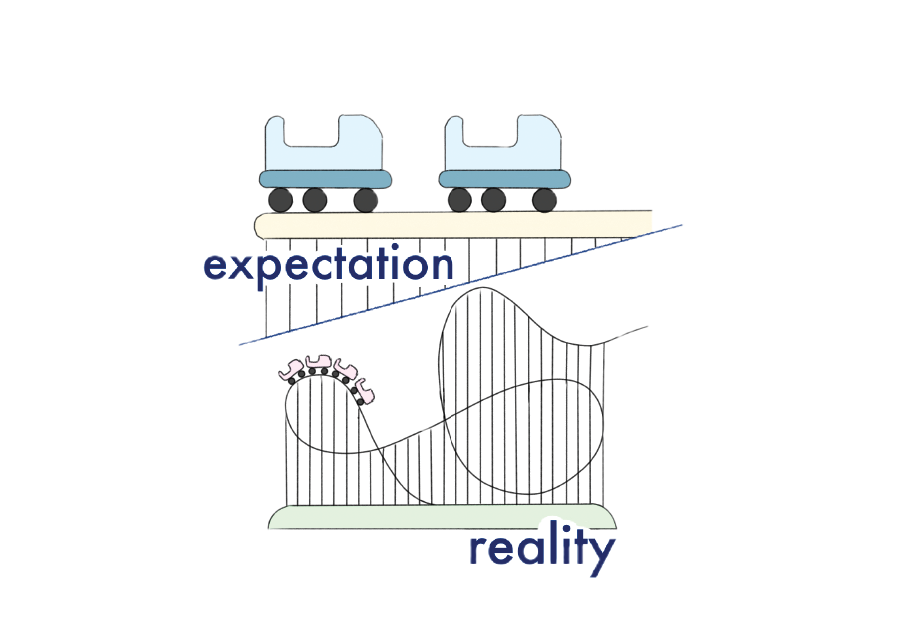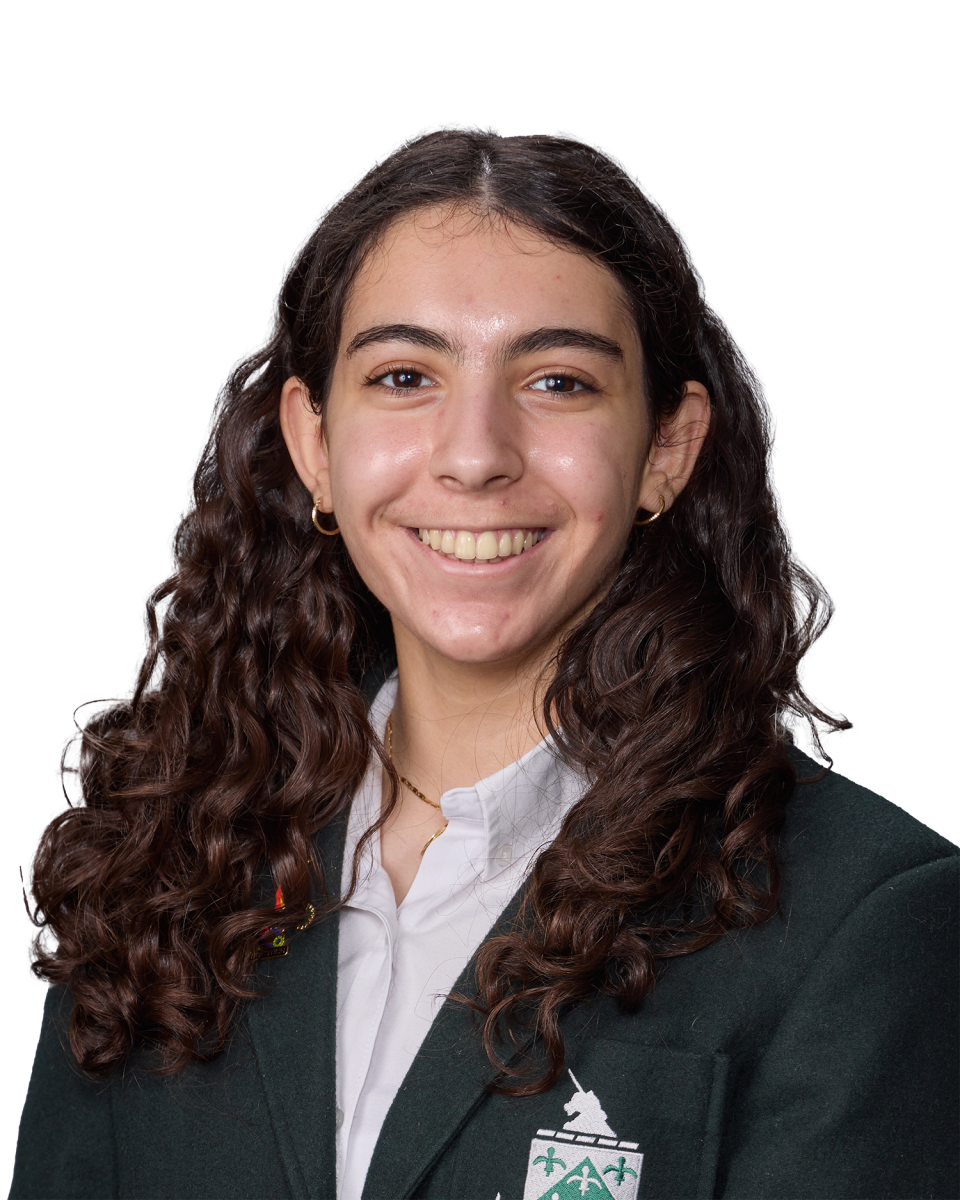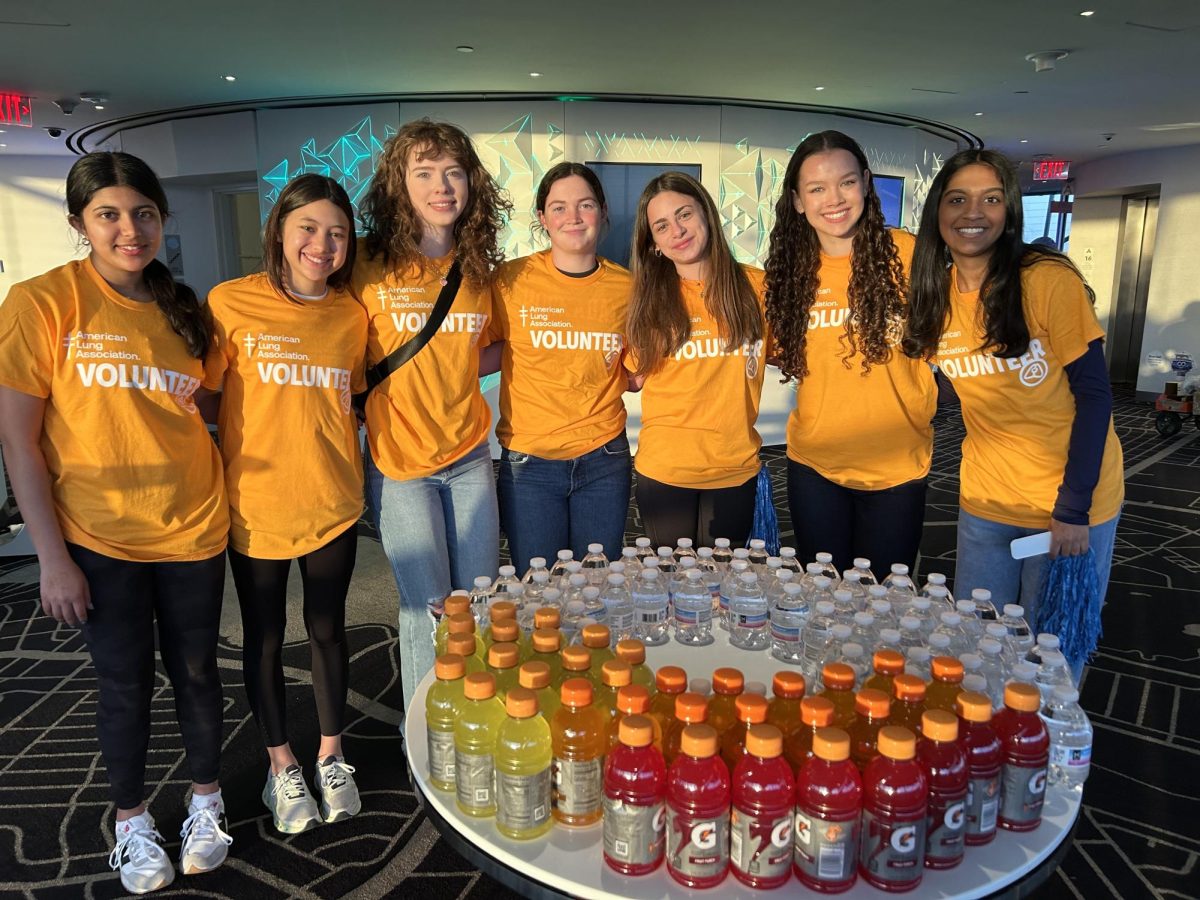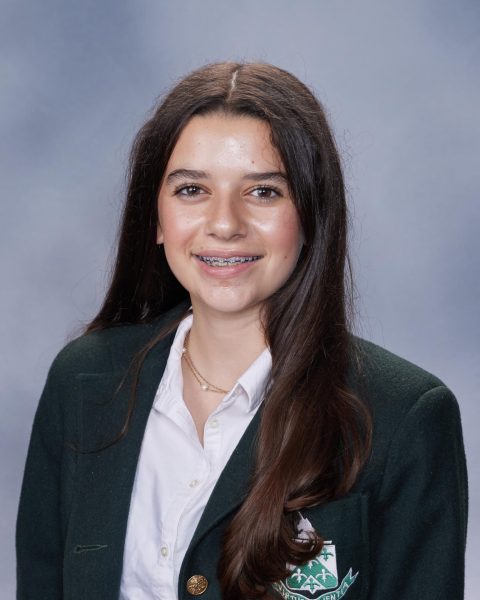From TV dramas to thrillers, the fictional spectacle of college admissions is far more than just an academic process. These portrayals shape public perception, especially for high-school viewers developing opinions on universities and applications. Although directors usually err towards one or the other, realistic storylines tend to be my preference because of their sensible touches in shows which have rational coming-of-age narratives.
The popular sitcom “Modern Family,” directed by Steven Levitan, Gail Mancuso and Michael Spiller, is one of the more accurate depictions of the college application process.
In the show, Haley Dunphy, the oldest daughter of Claire and Phil Dunphy, constantly struggles with her college decision and leaves herself only a few weeks to complete and submit applications. Correspondingly, Haley gets wait-listed and later accepted into only one out of six schools she applied to. Haley’s college application is far from perfect, as she didn’t put quality work into it or even complete school assignments with precision and care. Additionally, Haley’s younger sister Alex Dunphy didn’t get into Harvard, her top choice, even with her stellar grades and extracurriculars. These outcomes show the dedication to portraying the realistic process that the directors prioritized in the sitcom, as Harvard accepts only four percent of applicants per academic year, and good grades alone cannot guarantee an applicant a spot into any university.
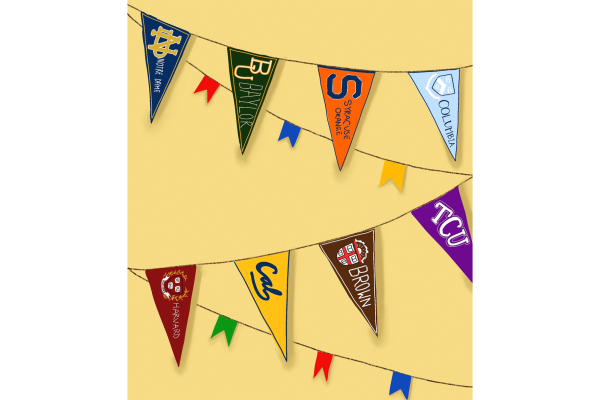
Other popular TV shows like “Gilmore Girls” and “Gossip Girl” lean into a more idealized model, making college applications seem simple and straightforward compared to the actual system.
In the 2000s, Gilmore Girls’ main character Rory Gilmore unrealistically applies to only three schools, all of which are Ivy League schools. By only applying to three schools and with the lack of safety schools, Rory, realistically, does not set herself up for success. Yet, for the sake of the plotline, she gets accepted into all three and ultimately decides to attend Yale, ty. Rory’s good friend Paris Geller only applies to four schools, which are also all Ivy League schools. With their collective lack of urgency regarding admissions, both Gilmore and Paris demonstrate unrealistic characteristics of high school students aspiring to attend prestigious universities.
“Gossip Girl,” a show about privileged high school students growing up in the Upper East side of Manhattan has similar unrealistic plot lines to Gilmore Girls. Admission decisions
for Ivy Leagues in the show are based on the class of their families, which endorses paying to attend a university rather than being accepted based on merit. Characters in the show, including Serena Van der Woodsen and Blair Waldorf, are involved with many public scandals, none of which negatively affect their admission process as it would in real life. Serena also turns down Yale so that Blair can attend, leaving a confusing narrative for those who may not follow the admissions process. Each example is highly implausible and highlights false examples, which leaves viewers conflicted.
These false plotlines could create stress for high school students by supporting misleading facts and complicating the application process. Many of these tv shows highlight character growth and the realistic journey of young life; the idea that only college should be sugar-coated is hypocritical and can be deceiving for viewers. The unrealistic ideas portrayed can demoralize students with the impressions they leave on naive minds. While high-school upperclassmen start to look at colleges for their near futures, watching fictional characters succeed so easily increases personal pressure to live up to such perfect expectations and standards. For me, it creates an impossible standard to live up to and enforces the impression that résumés and permanent records are unimportant. Although media is an ‘escape’ to the real world, false narratives shouldn’t be enforced in such a way that it affects the main-targeted viewers’ lives.

